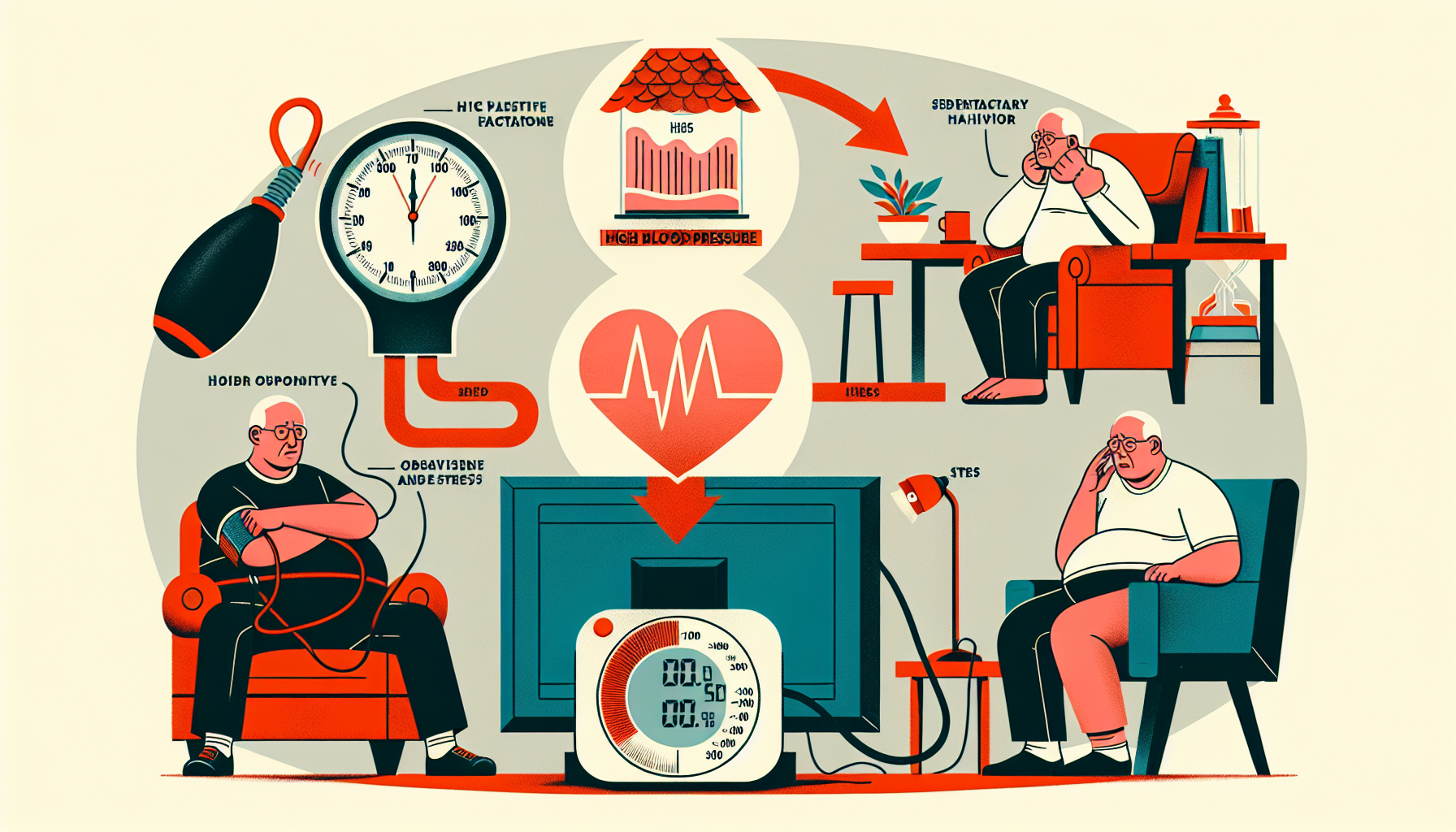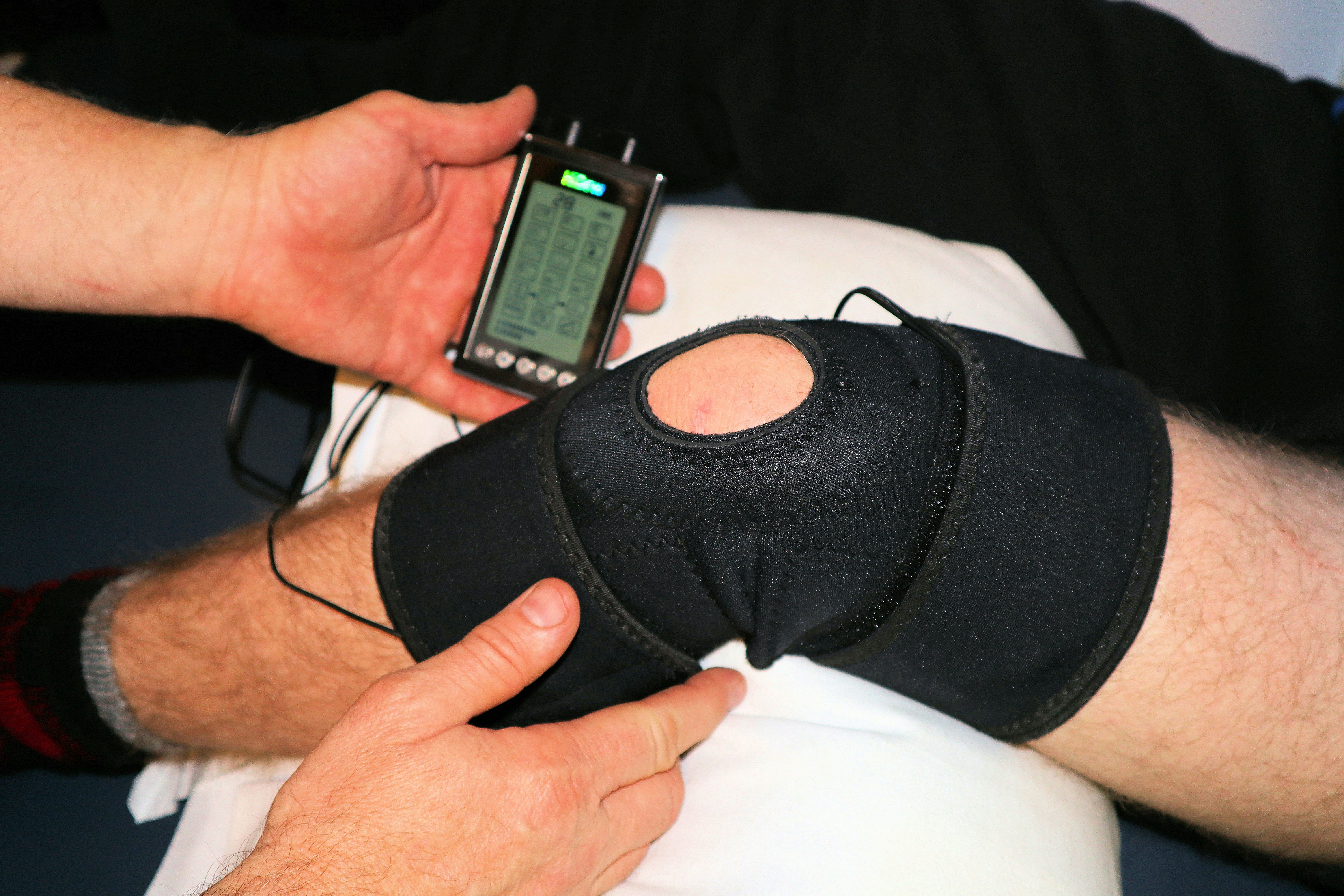What Are The 5 Categories Of Caring?
Learn how Kristen Swanson's 5 categories of caring can help healthcare providers deliver compassionate, holistic care to patients!
.jpg)
What Are The 5 Categories Of Caring?
Swamson's Caring Framework is a conceptual model that provides a comprehensive understanding of caring in healthcare. Developed by healthcare scholar Dr. Swamson, this framework encompasses five distinct categories that emphasize the importance of caring in healthcare settings. By recognizing and implementing these categories, healthcare professionals can enhance the quality of care provided to patients.

Introduction to Swamson's Caring Framework
Swamson's Caring Framework offers a holistic approach to healthcare by focusing on the emotional, psychological, and physical aspects of caring. It acknowledges that caring extends beyond the medical treatment itself and encompasses the overall well-being of the individual. This framework encourages healthcare professionals to view patients as unique individuals with their own needs, values, and experiences.
Swamson's Caring Framework provides a structured approach to caring, guiding healthcare providers in delivering patient-centered care. By understanding and applying the principles outlined in this framework, healthcare professionals can enhance the overall patient experience and promote positive health outcomes.
The Importance of Caring in Healthcare
Caring is an essential component of healthcare that goes beyond the technical aspects of medical treatment. It encompasses compassion, empathy, and the ability to establish meaningful connections with patients. When healthcare providers demonstrate care, patients feel valued, supported, and empowered in their healthcare journey.
Research has shown that caring has a significant impact on patient satisfaction, adherence to treatment plans, and overall health outcomes. Patients who receive care that is grounded in compassion and empathy tend to experience improved psychological well-being and a greater sense of trust in their healthcare providers.
Furthermore, caring is not limited to the patient alone. It extends to the families and loved ones who are also affected by the healthcare experience. When healthcare professionals prioritize caring, they create an environment that is conducive to open communication, collaboration, and shared decision-making.
Swamson's Caring Framework provides a framework for healthcare professionals to cultivate a culture of caring, ensuring that patients receive care that is not only medically effective but also emotionally supportive. By integrating this framework into healthcare practice, healthcare professionals can enhance patient outcomes and make a positive impact on the overall healthcare experience.
The Five Categories of Caring
Swamson's Caring Framework provides a comprehensive approach to understanding and implementing care in healthcare settings. It emphasizes the importance of compassion, empathy, and the human connection in healthcare interactions. The framework consists of five categories of caring, each playing a significant role in delivering holistic care to patients.
Knowing
The first category of caring, "Knowing," emphasizes the importance of truly understanding the patient as an individual. It involves taking the time to listen to the patient's concerns, preferences, and needs. By actively seeking to know the patient on a deeper level, healthcare professionals can establish trust and build a therapeutic relationship. This category of caring goes beyond medical records and focuses on understanding the patient's unique experiences, values, and beliefs.
Being With
"Being With" refers to the presence and companionship that healthcare professionals offer their patients. It involves creating a supportive and comforting environment for patients to express themselves without judgment. Being present with the patient, both physically and emotionally, allows for a sense of security and reassurance. This category underscores the significance of active listening, empathy, and providing emotional support throughout the healthcare journey.
Doing For
The third category, "Doing For," emphasizes the actions taken by healthcare professionals to meet the physical and emotional needs of patients. It involves providing care and assistance in a manner that respects the patient's autonomy and dignity. This category encompasses tasks such as administering medications, assisting with personal hygiene, and ensuring patient comfort. By focusing on doing for the patient, healthcare professionals contribute to the overall well-being and satisfaction of the individual.
Enabling
"Enabling" refers to empowering patients to make informed decisions about their healthcare. It involves providing education, resources, and support that enable patients to take an active role in their own care. This category recognizes the importance of collaboration between healthcare professionals and patients, as well as the significance of promoting patient autonomy. By enabling patients, healthcare professionals foster a sense of empowerment and ownership over their health.
Maintaining Belief
The final category, "Maintaining Belief," highlights the significance of instilling hope, faith, and a positive outlook in patients. It involves acknowledging and respecting the patient's spiritual and cultural beliefs, while also providing encouragement and support. Maintaining belief recognizes the impact of belief systems on healing and recovery. By fostering a sense of hope and optimism, healthcare professionals contribute to the overall well-being of the patient.
Implementing Swamson's Caring Framework allows healthcare professionals to provide holistic and patient-centered care. By incorporating these five categories of caring into their practice, medical professionals can enhance the patient experience and create a nurturing environment for healing and well-being.
Applying Swamson's Caring Framework
Once healthcare professionals have a solid understanding of Swamson's Caring Framework, they can begin integrating it into their practice. By incorporating the five categories of caring, healthcare providers can enhance the quality of care and foster meaningful connections with their patients.
Integrating Caring into Practice
Integrating Swamson's Caring Framework into practice requires a holistic approach that encompasses all aspects of patient care. Healthcare professionals can apply the framework by:
- Knowing: Taking the time to understand each patient's unique needs, preferences, and background. This involves actively listening, showing empathy, and building trust. By developing a deep understanding of the patient, healthcare providers can tailor their care to meet individual requirements.
- Being With: Being present and fully engaged with the patient during their healthcare journey. This involves offering emotional support, providing comfort, and creating a safe space for open communication. By being with the patient, healthcare providers can establish a therapeutic relationship and promote a sense of trust and security.
- Doing For: Performing actions that directly contribute to the patient's well-being and comfort. This may include carrying out necessary medical procedures, administering medications, or assisting with daily activities. By actively engaging in tasks that benefit the patient, healthcare providers demonstrate their commitment to their care.
- Enabling: Empowering patients to take an active role in their own care. This involves providing education, information, and resources that enable patients to make informed decisions about their health. By empowering patients, healthcare providers promote autonomy and encourage self-care.
- Maintaining Belief: Instilling hope, optimism, and faith in the patient's ability to overcome challenges. This involves acknowledging and affirming the patient's strengths, resilience, and inner resources. By maintaining belief, healthcare providers foster a positive mindset and empower patients to navigate their healthcare journey with confidence.
Benefits of Implementing Swamson's Caring Framework
Implementing Swamson's Caring Framework in healthcare practice can yield numerous benefits for both patients and healthcare professionals. Some of the key advantages include:
- Improved Patient Outcomes: By incorporating a caring approach into practice, healthcare providers can enhance patient satisfaction, adherence to treatment plans, and overall health outcomes. Patients who feel genuinely cared for are more likely to actively participate in their own care and experience improved well-being.
- Enhanced Patient-Provider Relationship: The application of Swamson's Caring Framework fosters a strong patient-provider relationship built on trust, respect, and effective communication. This relationship leads to increased patient engagement, improved patient compliance, and better overall healthcare experience.
- Increased Job Satisfaction: When healthcare professionals embrace a caring approach, they often experience greater job satisfaction and fulfillment. Providing care that aligns with patients' individual needs and values allows healthcare providers to connect with their purpose and make a positive impact on patients' lives.
- Promotion of Holistic Care: Swamson's Caring Framework emphasizes the importance of addressing patients' physical, emotional, and psychological needs. By incorporating this framework, healthcare professionals can promote a holistic approach to care, ensuring patients receive comprehensive support.
- Positive Organizational Culture: Implementing a caring framework can contribute to a positive organizational culture within healthcare settings. When caring is prioritized, it sets the tone for compassion, empathy, and teamwork among healthcare professionals, creating a supportive work environment.
By applying Swamson's Caring Framework, healthcare professionals can elevate the quality of care provided, enhance patient experiences, and foster a culture of compassion within healthcare organizations. This framework serves as a guiding principle for healthcare practice, reminding professionals of the essence of care in the delivery of healthcare services.
Challenges and Considerations
Implementing Swamson's Caring Framework in healthcare settings comes with its own set of challenges and considerations. Overcoming these barriers and promoting a caring culture within healthcare organizations is essential for the successful integration of this framework.
Overcoming Barriers to Caring
Despite the importance of caring in healthcare, there are several barriers that can hinder its implementation. Some common challenges include:
- Time Constraints: Healthcare professionals often face time constraints due to heavy workloads and tight schedules. This can make it challenging to dedicate sufficient time to providing individualized and compassionate care.
- Lack of Resources: Limited resources, such as staffing and financial constraints, can impact the level of care that can be provided. Adequate staffing levels and access to necessary equipment and supplies are crucial for delivering compassionate care.
- Burnout and Stress: Healthcare professionals may experience burnout and high levels of stress, which can affect their ability to provide caring and empathetic care consistently. Addressing burnout and promoting self-care among healthcare professionals is essential.
- Organizational Culture: The culture within healthcare organizations can influence the extent to which caring is prioritized. A culture that values and supports compassionate care is vital for the successful implementation of Swamson's Caring Framework.
To overcome these barriers, organizations can:
- Provide ongoing education and training on the importance of caring and the skills needed to provide compassionate care.
- Prioritize staffing levels to ensure adequate time is available for patient interactions.
- Foster a supportive work environment that encourages self-care and provides resources for managing stress.
- Incorporate caring into organizational policies and procedures to reinforce its importance.
- Encourage open communication and collaboration among healthcare professionals to enhance the delivery of caring and patient-centered care.
Promoting a Caring Culture in Healthcare
Creating and promoting a caring culture within healthcare organizations is crucial for the successful implementation of Swamson's Caring Framework. Some strategies to promote a caring culture include:
- Leadership Commitment: Strong leadership commitment is essential to foster a culture of caring. Leaders should prioritize caring in their organization's mission, vision, and values and model caring behaviors themselves.
- Communication and Collaboration: Encouraging open communication and collaboration among healthcare professionals can enhance the delivery of caring and patient-centered care. Regular team meetings and interdisciplinary collaboration can facilitate a holistic approach to care.
- Patient and Family Engagement: Involving patients and their families in care decisions and treatment plans can promote a caring culture. Actively listening to their concerns, preferences, and values helps healthcare professionals provide personalized and compassionate care.
- Continuous Quality Improvement: Implementing processes for continuous quality improvement allows organizations to identify areas for improvement and enhance the delivery of caring. Regular feedback from patients and staff can guide these improvement efforts.
By addressing barriers to caring and promoting a caring culture, healthcare organizations can create an environment where Swamson's Caring Framework can thrive. This, in turn, can lead to improved patient satisfaction, better health outcomes, and a more fulfilling work environment for healthcare professionals.
FAQs
Are these categories specific to nursing?
While Kristen Swanson developed these categories as part of her nursing theory, they can be applied in various healthcare settings. These categories provide a framework for understanding how to provide better care to patients, regardless of the healthcare profession.
Can more than one category be applied at once?
Absolutely! In fact, providing comprehensive care often involves using multiple categories simultaneously. For example, a nurse may administer medication (doing for) while also providing emotional support (being with) and empowering the patient to manage their symptoms (enabling).
How can healthcare providers learn to apply these categories in their practice?
One way is through education and training programs that focus on patient-centered care. By learning about the importance of knowing, being with, doing for, enabling, and maintaining belief, healthcare providers can develop the skills and knowledge needed to provide high-quality care. Additionally, reflecting on past experiences and seeking feedback from patients can help healthcare providers identify areas where they can improve their practice.
Are there any challenges associated with applying these categories in practice?
Yes, there are several challenges that healthcare providers may face when trying to apply these categories in practice. For example, time constraints and heavy workloads may make it difficult for healthcare providers to spend enough time getting to know their patients or providing emotional support. Additionally, cultural differences between patients and healthcare providers may make it challenging to understand and meet the patient's unique needs. However, by recognizing these challenges and working proactively to address them, healthcare providers can still strive towards providing patient-centered care.
Summary
In conclusion, the five categories of caring by Kristen Swanson provide a framework for healthcare providers to provide holistic care to their patients. By knowing their patients, being with them, doing for them, enabling them, and maintaining belief, healthcare providers can provide care that addresses not only the physical needs of the patient but also their emotional, social, and spiritual needs. As healthcare providers, it is our responsibility to provide care that is compassionate, empathetic, and tailored to the unique needs of each patient we serve.


































































































